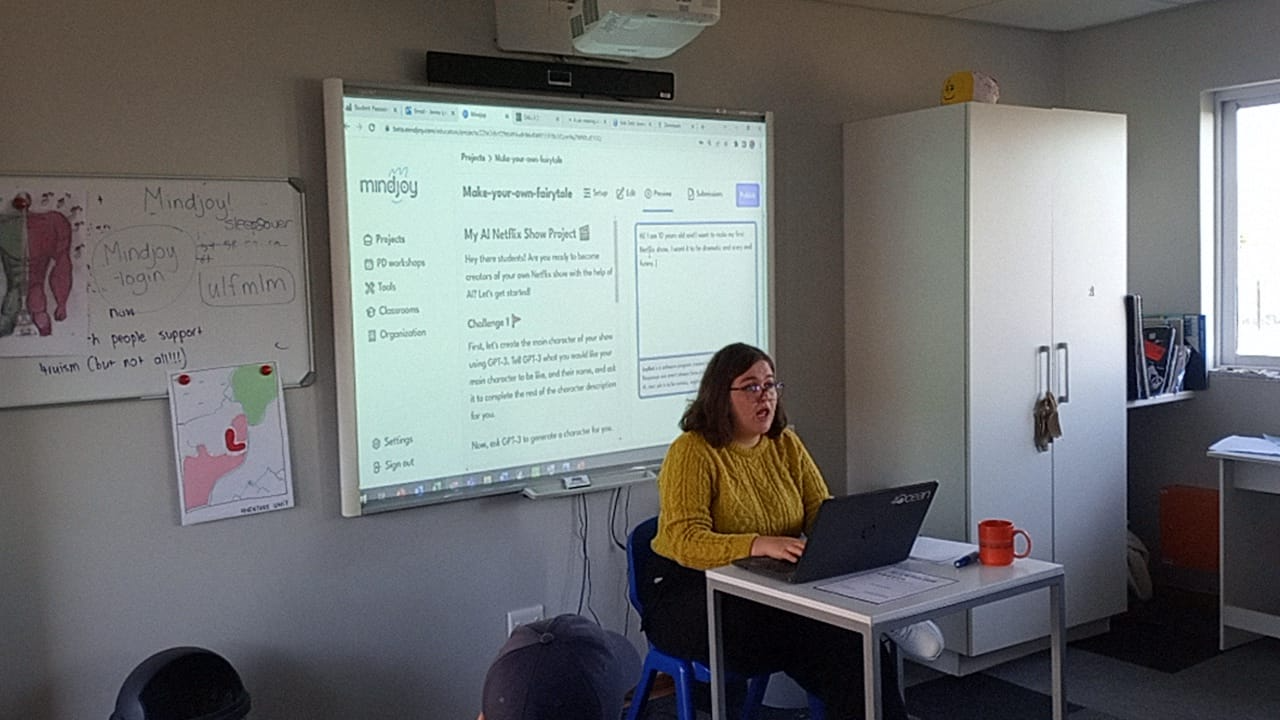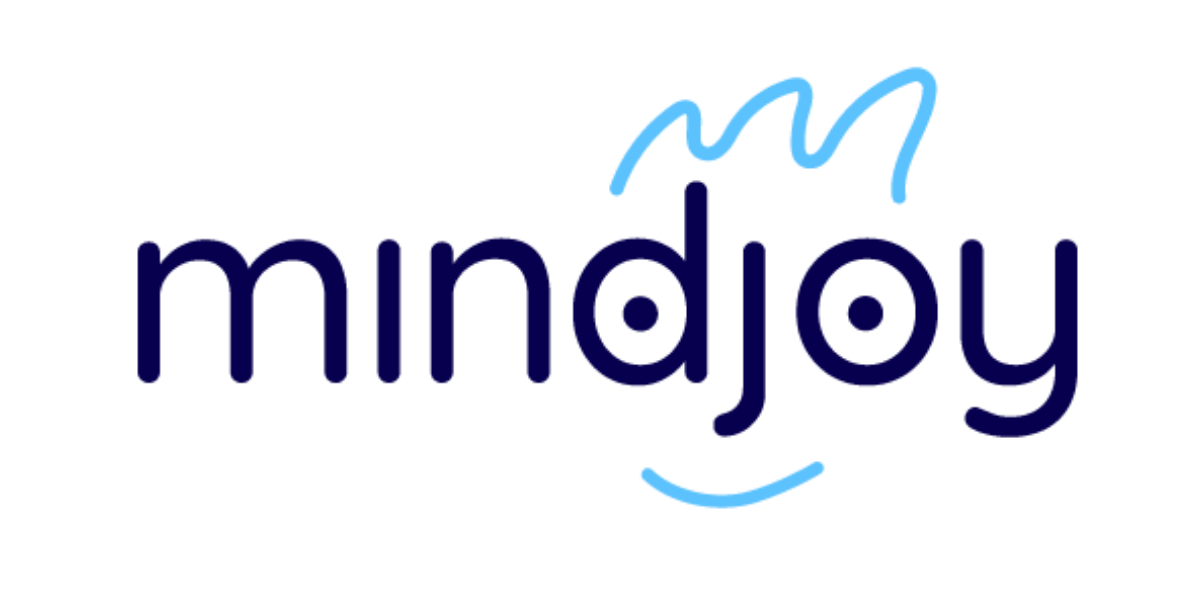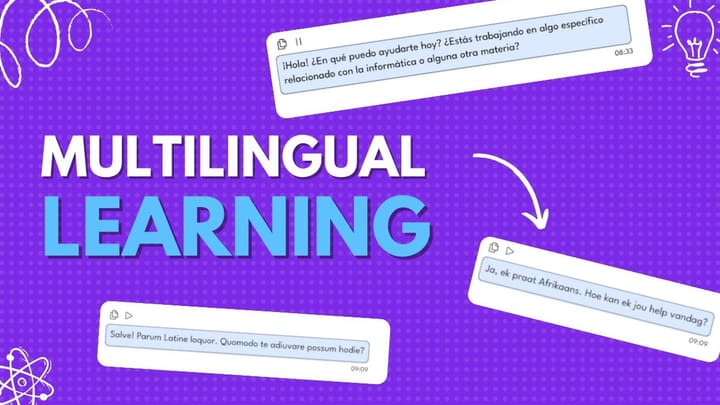AI is levelling the playing field in classrooms: a chat with Edtech teacher Jenna Barnes
In the ever-evolving landscape of education, the integration of artificial intelligence (AI) has gained momentum as a promising tool to enhance teaching and learning experiences.

In the ever-evolving landscape of education, the integration of artificial intelligence (AI) has gained momentum as a promising tool to enhance teaching and learning experiences.
We recently met up with Jenna Barnes, an innovative educator at The Bridge Assisted Learning School in Johannesburg, South Africa, a school catering to the needs of students who face certain learning barriers and social or emotional challenges. As an EdTech leader at her school, Jenna has been using Mindjoy’s AI projects in her classroom and wanted to share the transformative impact AI has had on both students and teachers.
Letlhogonolo: What do you see as the future of AI in education, and how do you think it will impact teaching and learning in the coming years?
Jenna: Teaching is a human-centred, humanity driven profession. AI can play a crucial role in minimising aspects that hinder this human-centred approach, such as rigid disciplinary frameworks, outdated content, lack of engagement, and administrative burdens.
I envision a future where personalisation in education becomes the norm, allowing for unparalleled flexibility and individualisation in the classroom. This transformative change will significantly impact my own teaching practice.
In this future, I hope that students will spend less time proving themselves through superficial measures and instead have more opportunities to explore brand new territories. With the added benefit being that they can all have the freedom to choose their own topics of interest and pursue them passionately, without relying solely on a teacher's previous knowledge or experiences.
Letlhogonolo: How do you think AI can help address some of the challenges facing education today, such as access, equity, and quality?
Jenna: Those are three very distinct issues, and all highly relevant. The one closest to me, which I see everyday, is the quality of feedback and instruction. AI can truly radicalise how we interact with learners' work.
I think each individual sitting in my class has a right to pursue their interests, and a right to build enthusiastically on expertise that are important to them. By streamlining the individualisation of learning and the quality of highly specified feedback, we can address engagement in a pretty revolutionary way.
"AI is already levelling the playing field"
I work with many neurodiverse children. AI is already levelling the playing field when it comes to speech recognition software for dyslexic learners, or any kind of inclusive reading and writing programs and plugins.
Obviously, we will always need a human in the loop. But this way, we could also have highly personalised virtual assistants that give each learner an equal opportunity to focus on their own thought process.
Letlhogonolo: What inspired you to introduce AI in your classroom, and what initially sparked your interest in this field?
Jenna: I am actually an English teacher. I started teaching coding and quickly recognized the tremendous potential of EdTech in facilitating learning across various subjects and topics.
When I started using ChatGPT for my own learning, I realised the importance of modelling responsible AI use for my students.

Letlhogonolo: How did you go about introducing AI to your students, and what kind of projects did you assign them?
Jenna: To introduce AI to my students, I initiated each AI introduction lesson with a round-table discussion, prioritising interaction and understanding before diving into the world of generative AI.
"I never start teaching new technology on devices."
Starting without devices allows me to gauge where my learners stand on the topic. I would then use Mindjoy’s AI licence project which is a great introduction to using AI responsibly, or create my own AI project on the Mindjoy platform which encouraged creative prompts from students.
I then tailored the approach by asking myself the following questions:
- Did the class require more information about how generative AI or LLMs functioned or,
- Did they need a more "human" level of engagement to spark their imagination and explore creative prompting?
Letlhogonolo: What were some of the biggest challenges you faced when introducing AI to your classroom, and how did you overcome them?
Jenna: One of the significant challenges I encountered when introducing AI to my classroom was guiding students to move beyond their initial excitement, confusion or uncertainty and to delve into the underlying concepts.
Moreover, I emphasised the importance of them familiarising themselves with the applications of AI at present, as it would allow them to imagine how potentially radical the future could look. I don't have all the answers, but I wanted them to ask the right questions and explore the possibilities.
Letlhogonolo: You recently also helped train other educators at your school on the use of AI tools for various applications, what kind of response did you receive from them?
Jenna: The response I received was overwhelmingly positive. It was evident that they were enthusiastic and eager to embrace this technology.
"Teachers are starting to recognise that technology can be tailored specifically for their needs."
They understand that teaching doesn't have to remain stagnant just because our classrooms and assessments have stayed the same. We can use technology to outsource tasks that don't serve us as educators, allowing us to dedicate more time to the students in front of us.
While there is some apprehension surrounding assessments and exams, I have noticed that teachers are going above and beyond to find innovative hacks and strategies to express their teaching style and love for learning, even within the confines of set curricula and examinations.
I am hopeful that passionate educators will continue to put their efforts into sustained inquiry, starting from the grassroots in the classroom. By doing so, we can bring about meaningful change in the areas that currently cause anxiety and resistance.
Letlhogonolo: How has teaching (using) AI in the classroom changed your own approach to teaching and learning, and what have you learned from the experience?
Jenna: The impact has been quite profound. It has inspired me to pursue projects that I once considered far-fetched. As I embark on these projects, I pay close attention to the points where I get stuck and how AI can assist me.
So far, AI has been invaluable in bridging those small gaps. When you find yourself struggling to get started or unsure about the next steps, AI provides structure and guidance to your process. Through this experience, I have come to realise that AI is a tool, not the final product. It enhances and supports my learning journey, offering valuable assistance when needed.
Letlhogonolo: What advice would you give to other educators who are interested in introducing AI to their classrooms?
Jenna: Jump in! You will never be fully prepared for every question, because your learners are going to surprise you. Make sure responsibility and ethical use is the key theme, and from there you’ll find many curious questions and investigations will follow. You have a rare opportunity, one that educators before you haven’t, to truly inspire learners to take their learning far beyond what you had in your lesson plan or curriculum. It’s going to be a wild ride, and I hope you learn a lot, too!

The future of education is already here and educators like Jenna are leading the way, fostering a future where learning is dynamic, engaging, and personalised. If you want to teach your learners how to use AI responsibly like Jenna, join our waiting list or attend one of our workshops.



